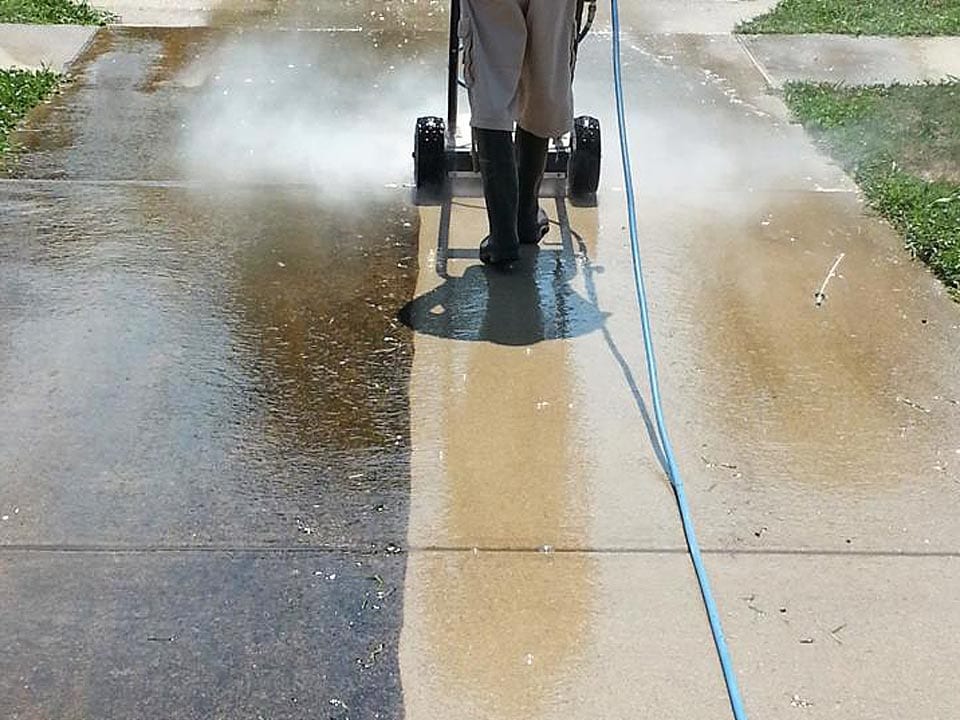
Creating A Concrete Patio: A Diy Guide To make the stone fit properly, lift it up and either add or remove sand from the base using a trowel. With your square starter string in place, slide the corner stone into position. Check its height by sliding your scrap block between the string and the stone. Next, cut a notch in both ends of a screed board to fit over the guides. Pull the screed across the gravel until the surface is flat. Once the surface is flat, compact it with a plate compactor, available at tool rental stores for about $50 a day. If you haven't used one of these machines before, it's a good idea to work in the center area of the patio site first. These machines can be hard to control, so it's smart to get comfortable with your machine before you work close to the house.
Chip the Brick Edges
Verify that the stones are level and firmly in place, and fix any loose or broken edging. The way to fix this is to gently remove the paver and check for the larger gravel that is raised. Lay one the first spacer down, and use a squaring tool to lay down a crossing spacer. Then go ahead and carefully place your first concrete paver against the two spacers. Then carefully place your first concrete paver against the two spacers.String Some Lights
Luckily, the options suit different budgets and abilities. Pavers and poured concrete offer an elevated style with more installation effort. Choose the right DIY material for your yard based on cost, available tools, and skill level. After installing a tamped, leveled crushed stone base lay pavers in your preferred pattern. Sweep polymeric sand over the surface and into joints, then lightly mist with water. This step will prevent weeds and secure the pavers in place.Flagstone Patio Ideas
- These extra leveling strings will help considerably when you are leveling the inner portion of the patio space.Make sure the patio arrangement is level and adapt as needed to account for any gaps or unevenness at ground level.Use the square nosed shovel to scoop the sand or paver dust and place it into the joints, but only add about ½- ¾” of the paver dust/sand.Make sure to select brick that has been rated for outdoor use in your particular climate.
Contact Us
Clear View Builders
Email: [email protected]
Phone: +19164205862
4913 Rio Linda Blvd
Sacramento, California, United States 95838
